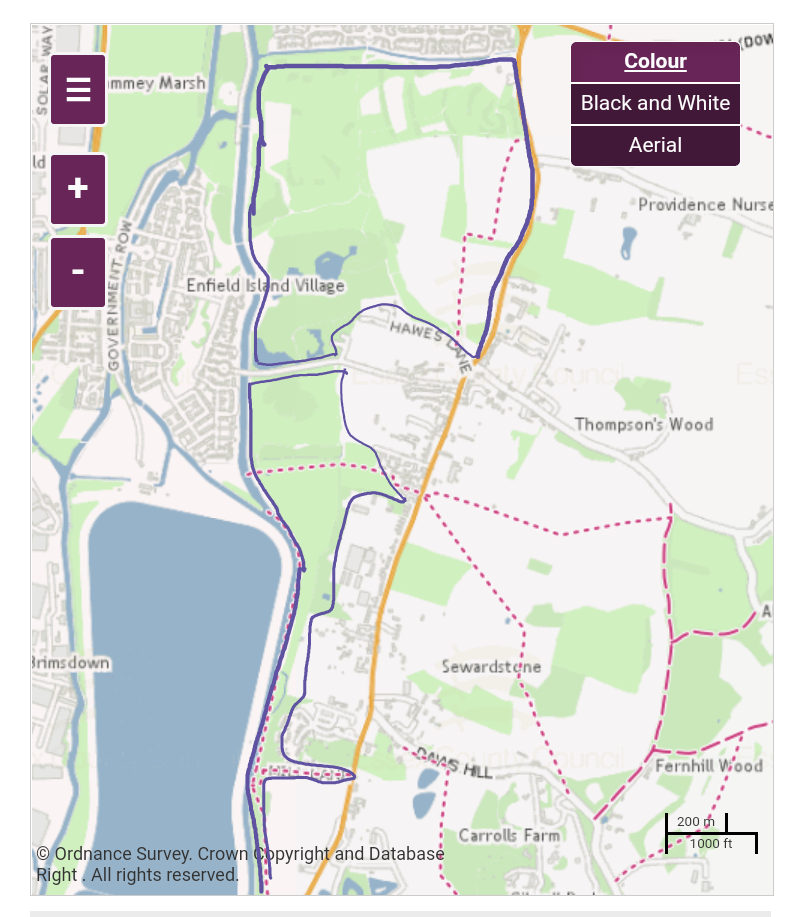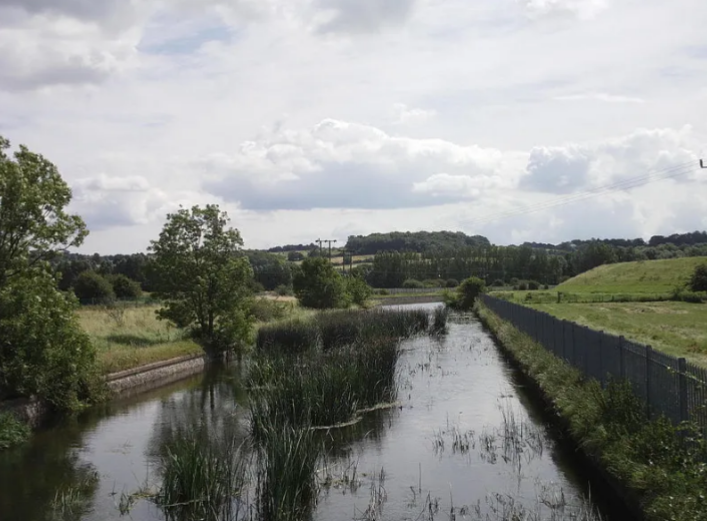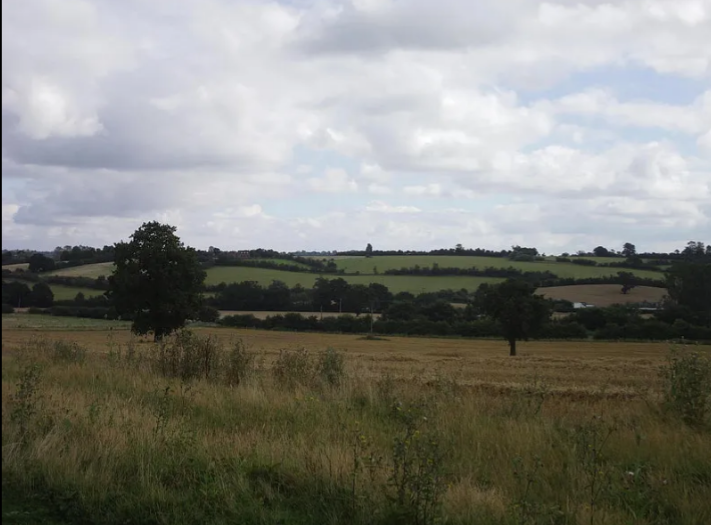Sewardstone Marshes

Sewardstone has a long history and lots of artifacts have been found in the area from Roman and earlier settlements. A dug out Oak canoe was found in the area near the river Lea which points to the possibility of an Iron Age settlement here. Certainty to the North of the area such settlements have been found and are well documented. The name Sewardstone is derived from Sewards, which meant Farmstead and there are a great many farms both in and around the area.

To the South of Sewardstone Marsh there was a Silk Mill in 1806 and poor children from the Workhouses in Enfield were sent here to work. The Mill stream still runs south along the eastern edge of the flood relief channel behind Lea Valley Campsite towards Mill Lane. This would have doubtless been a very bleak and unforgiving place to work back then surrounded by what at the time were isolated marshes in the middle of nowhere. Travel here from Enfield was difficult and usually involved using poor roads crossing marsh land from the Eastern parts of Enfield to get here, one such road was the East-West road through Enfield Wash. The word Wash in old English meant ‘The place that floods’. Bell Lane in Enfield Highway was another road that crossed marsh land and which also flooded, making journeys here difficult.
Sewardstone marsh was once open wetland meadows used as summer grazing and filled with typical meadow plant species including carpets of wild Orchids and Fritillaria, but the ecology gradually changed as it came into use as landfill from Brimsdown power station. After the landfill was covered over scrub growth took over which gradually became trees and the trees then became wooded areas which shaded out much of the grassland making it unsuitable for the more specialised open meadow plants which once flourished.
There are many accessible pathways to guide you around the marsh as well as a few which go off the main track. Being so close to the Enfield Island village this area does find itself quite heavily used by dog walkers, not all of whom sadly clear up in spite of the numerous bins but this in no way detracts from the uniqueness of this habitat. To the West of the marshes is a pleasant river side walk with some lovely views over the marshes and beyond towards Epping Forest.
The habitat now has become more suited to other species and has created the perfect conditions for the most amazing range of birds, both resident and migratory. Some of these are incredibly surprising and most unexpected, such as Osprey and Goshawk. In summer Nightingale can be heard singing melodically in the scrub around the paths. The link below from one of many London bird clubs outlines an extremely impressive array of birds observed at Sewardstone marsh at various times of the year and this really is somewhere worth visiting if birdwatching is for you.
The marshes here like many along the river Lea were subject to gravel extraction post war and a number of gravel pits remain as lakes further enhancing habitat. At the extreme south of the site is a wetland which forms a summer grazing meadow called Patty Pool Mead where cattle spend the summer, In winter this floods like most of the surrounding area. Just north of here is Sewardstone marsh which is a denser wetland of mostly rushes and reeds perfectly suited for the numerous species of warbler which nest here, and just north of this is the start of the wooded area where flooded gravel pits can be found, the largest lake is called knights pits and just north of this is Osier marsh, another wooded area named after the Osier willows which colonise the marsh. After this final wooded area you reach the open fields and hills of Gunpowder Park to the North.
Each of these sections of the marsh are a different age and can be thought of as a natural progression from wetland meadow, through scrubland and reed beds to wooded plantation. Had it not been for the cattle keeping patty pool mead free of scrub the marsh would look very different and more would have been taken over by trees. There are ongoing projects to remove encroaching scrub in order to maintain the wetlands and encourage a more diverse habitat for bird and mammal species, but sadly the Orchids no longer grow here.
Water voles are known to live in the numerous ditches which cross the marsh throughout and do seem to be doing quite well here, conservation work continues to improve habitat for them. Badgers have also been observed in the wooded areas around the edges of the marsh between the Campsite and Sewardstone Road and also around Mill Lane. Muntjac deer also make the odd appearance and more than one species of Pipistrelle bat are known to be resident.
West of Patty Pool Mead across a footbridge is a lovely walk along the river and to the South there is a grassy path that runs between the reservoir and Lea Valley Campsite and goes past the end of Mill Lane through some small paddocks towards Sewardstone Road, which makes an enjoyable detour in summer. At the bottom of Mill Lane is a small but pretty Bluebell wood on private land behind a fence.
This is a unique habitat which teems with life in various forms if you take some time to quietly observe. The grasslands to the North in Gunpowder Park only add to the diversity of the location and although often busy are worth exploring. There is paid parking available at the entrance to Gunpowder Park or on the Enfield Island Village to the West. It may also be possible to find parking on Sewardstone Road and the nearest railway is at Enfield Lock on the Liverpool Street line.
Enfield island village Godwin close Marshes River lea Sewardstone Sewardstone road








